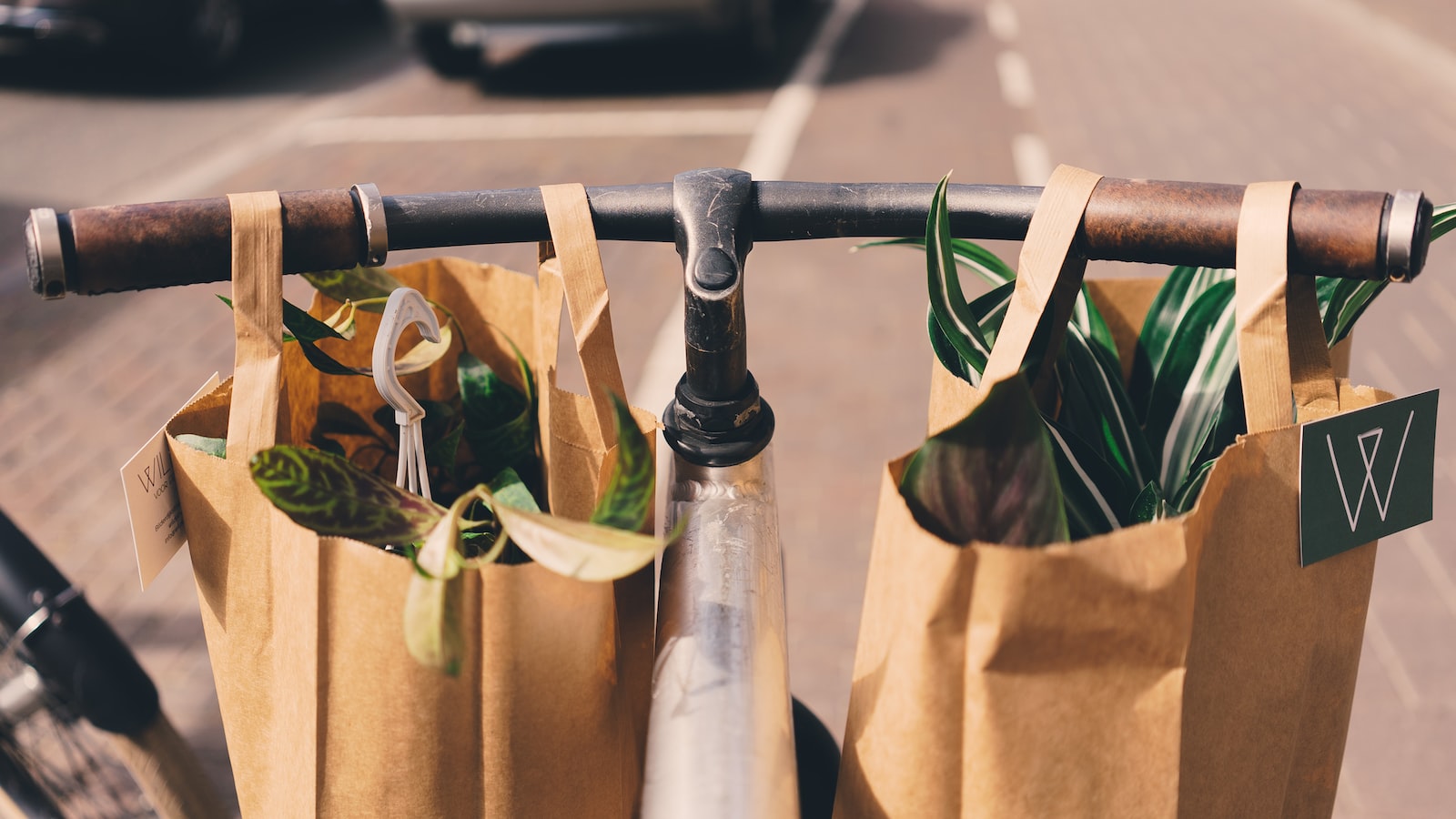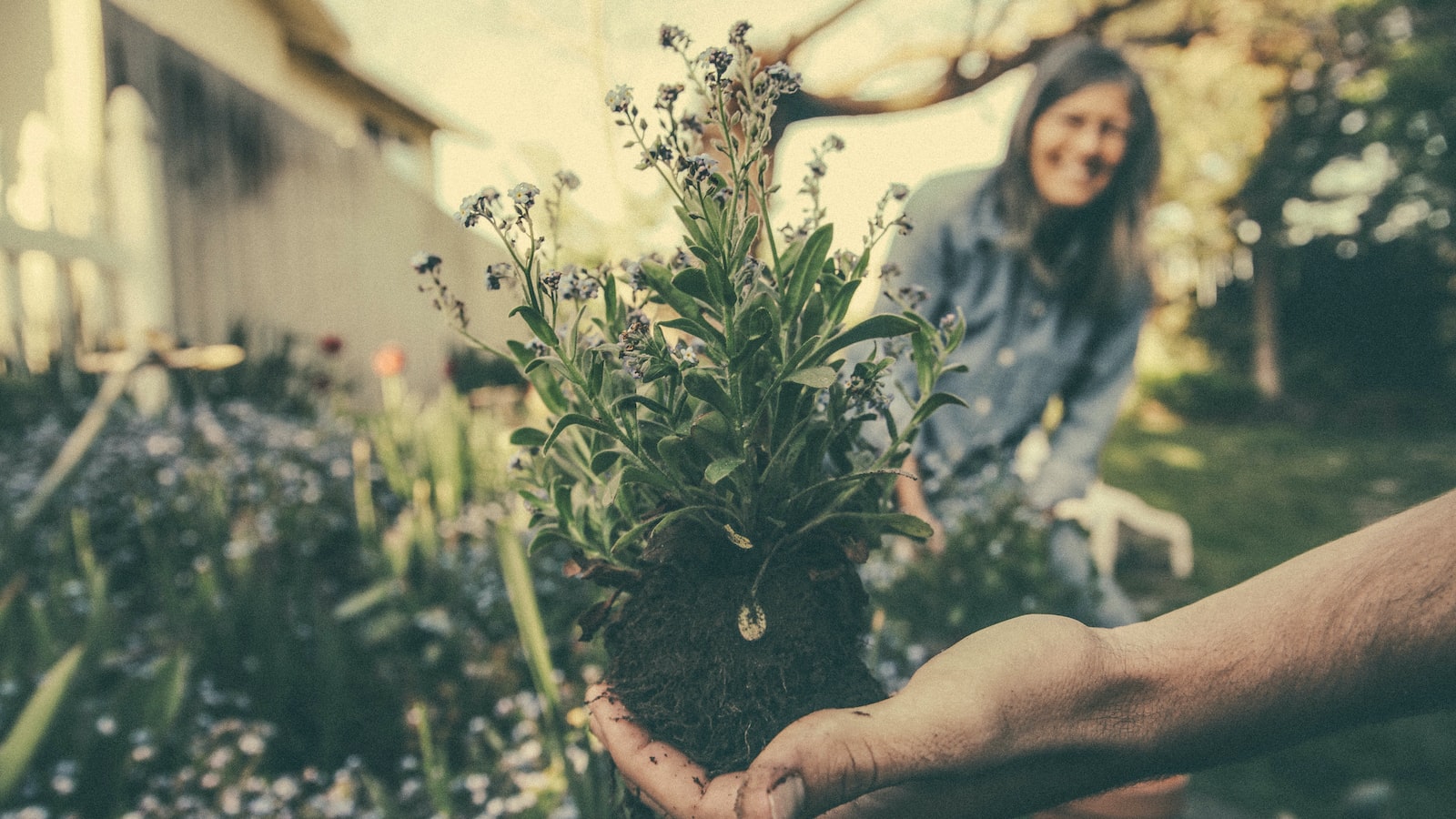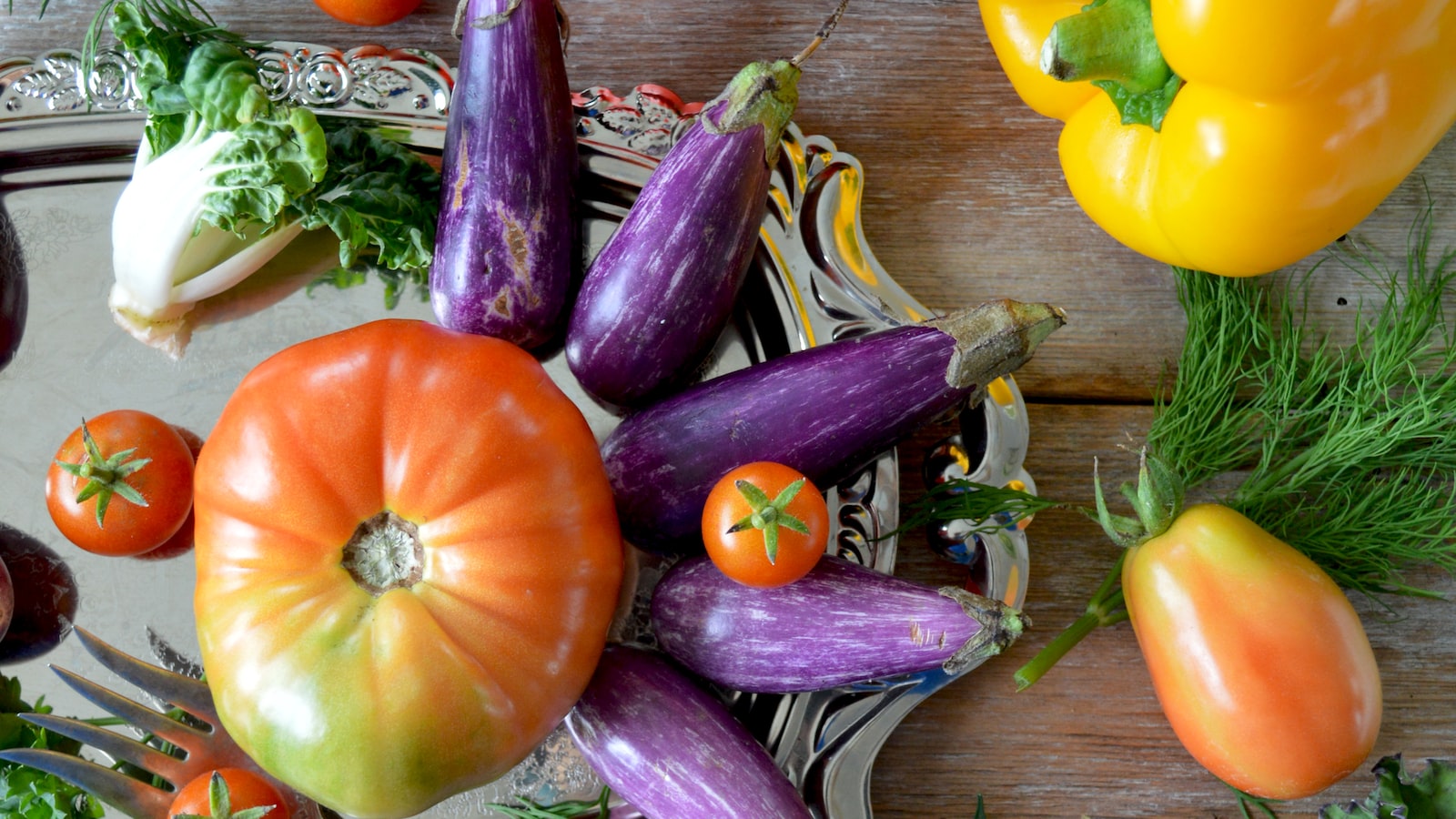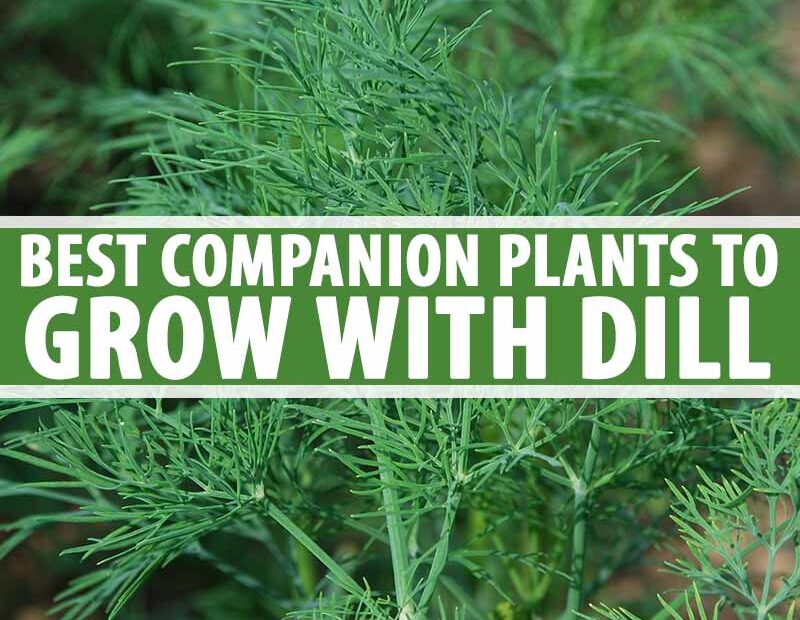Dancing in the summer breeze, dill, the delicate herb with an undeniable charm, has become a beloved companion of kitchen gardeners around the globe. Its feathery foliage and tantalizing fragrance make it a versatile staple in both culinary dishes and ornamental arrangements. But just as captivating as dill itself are the comrades it mingles with, as these plant pairings can elevate its natural essence and encourage a symphony of flavors, scents, and harmonious growth. In this horticultural exploration, we embark on a quest to unravel the captivating question: what can I plant dill with? Prepare to be inspired by a medley of botanical duets that will take both your garden and your culinary creations to enchanting new heights.
Companion Plants for Dill: Enhancing Growth and Deterring Pests
When it comes to planting dill, choosing the right companions can greatly enhance its growth while simultaneously deterring pests. Selecting the perfect plant partners for dill can create a harmonious garden ecosystem, benefitting both you and your plants. One fantastic companion for dill is the humble marigold. Not only do marigolds add a bright splash of color to your garden, but their strong scent helps deter pests like aphids and beetles. Planting marigolds near your dill can also attract pollinators such as bees, further promoting growth and increasing your overall harvest.
Another excellent companion for dill is the versatile basil. By planting basil alongside your dill, you not only enhance the growth of both plants but also repel unwanted pests like flies and mosquitoes. The aromatic oils in basil also help improve the flavor of dill, making it a perfect pairing for those who enjoy cooking with fresh herbs. Additionally, the combination of dill and basil can attract beneficial insects such as ladybugs and lacewings, further protecting your garden from harmful pests.
Incorporating these companion plants into your dill garden can provide numerous benefits. Here are some features and tips to keep in mind:
| Features/Tips | ||
|---|---|---|
| Marigolds | Basils | Dill |
| • Vibrant color adds visual appeal to your garden | • Repels pests like flies and mosquitoes | • Enhances the flavor of various dishes |
| • Strong scent deters aphids and beetles | • Attracts beneficial insects like ladybugs and lacewings | • Promotes digestive health and reduces inflammation |
| • Attracts pollinators such as bees | • Enhances the growth of dill | • Rich in antioxidants and essential oils |
By incorporating these companion plants alongside your dill, you can create a diverse and thriving garden that not only enhances growth but also naturally deters pests. So go ahead and experiment with these vibrant pairings, and enjoy the bountiful benefits they bring to your dill and beyond. Happy gardening!

Synergy in the Herb Garden: Ideal Plant Pairings with Dill
In the enchanting world of herb gardening, finding the perfect companions for our beloved dill can elevate the overall harmony and health of our garden. Whether you are a seasoned herb enthusiast or a budding green thumb, exploring the ideal plant pairings with dill can unlock a whole new realm of synergy and flavorful delights. Allow me to introduce you to a few remarkable comrades that will flourish side by side with dill in your herb garden.
First up, we have the delightful duo of dill and parsley. These two herbs not only complement each other in taste but also in their growth habits. While dill towers gracefully with feathery foliage, parsley’s luscious and curly leaves sprawl outwards, creating a visually pleasing contrast. Together, they create a beautiful and harmonious aesthetic that can turn any herbal corner into a feast for the eyes. Moreover, dill acts as a natural insect repellent, safeguarding the parsley from unwanted visitors, while parsley’s compact growth helps prevent dill from sprawling too much. It’s a symbiotic relationship that benefits both parties involved.
Another magical pairing is dill and cilantro. These two herbs with their distinct and vibrant flavors bring a fusion of culinary experiences to your plate. As dill’s feathery leaves sway in the summer breeze, cilantro’s lush foliage adds a touch of elegance and freshness to the herb garden. The combination of their flavors in a dish can truly transport your taste buds on a delightful journey. Additionally, cilantro’s fast-growing nature can help provide some much-needed shade to dill during scorching summer days, preventing it from bolting prematurely. This partnership showcases the power of collaboration in the garden, reminding us that together, we can create an oasis of flavor and beauty.
Now, hold on to your gardening gloves, as I present to you a handy table that provides a quick glance at the features and tips for each of the ideal dill plant pairings:
| Herb Pairing | Features/Tips |
|---|---|
| Dill & Parsley |
|
| Dill & Cilantro |
|
With these perfect pairings, your herb garden will not only be brimming with tempting aromas and delectable flavors but also showcase nature’s extraordinary ability to create harmony amongst its inhabitants. So, don’t be afraid to experiment, get your hands dirty, and unleash the synergistic magic of dill in your garden!
Creating a Thriving Garden: Recommended Crops to Grow Alongside Dill
Dill, with its feathery green foliage and distinct aroma, is a versatile herb that not only adds a delightful flavor to your dishes but also enhances the beauty of your garden. To create a thriving garden and maximize the potential of your dill, it’s essential to choose companion plants that complement dill’s growth and thrive alongside it. Here are some recommended crops to grow alongside dill:
1. Cucumbers
- Plant cucumbers near dill to benefit from their mutual love for sunlight and well-drained soil.
- Dill acts as a natural pest repellent for cucumbers, protecting them from harmful insects.
- The combination of dill’s vertical growth and the sprawling nature of cucumbers creates a visually appealing and space-efficient garden.
2. Tomatoes
- Tomatoes and dill make excellent companions since dill attracts beneficial insects, such as wasps and ladybugs, which help control tomato pests.
- The aromatic presence of dill can improve the taste and flavor of neighboring tomato plants.
- Planting dill among tomatoes can also provide temporary shade to reduce water evaporation and maintain soil moisture.
| Features | Tips |
|---|---|
| Dill |
|
| Cucumbers |
|
| Tomatoes |
|

Perfect Companions: Vegetables and Flowers that Flourish alongside Dill
| Features | Tips |
|---|---|
| Dill is an herbaceous plant that can reach up to 3 feet tall. Its feathery leaves give it a delicate appearance, and its vibrant yellow flowers attract beneficial pollinators like bees and butterflies. | – Plant dill near vegetables like cabbage, broccoli, and Brussels sprouts. The strong scent of dill can help deter cabbage worms, which are common pests for these plants. – Dill also pairs well with cucumbers, acting as a natural pest deterrent. The aromatic compounds in dill can help repel cucumber beetles and aphids, which often target cucumber plants. – Consider planting dill alongside lettuce and other leafy greens. Not only will it add a touch of beauty to your garden, but its intense aroma can confuse pests looking for a specific type of green foliage to feed on. |
| If you’re considering growing dill in your garden, there are a variety of vegetables and flowers that make perfect companions. These companions not only enhance the overall beauty of your garden but also provide mutual benefits by improving growth and repelling common pests. | – Pair dill with marigolds to create a stunning visual contrast. Marigolds, with their vibrant orange and yellow hues, can help deter harmful nematodes in the soil, which can damage the roots of various plants. – Another fantastic companion for dill is basil. Both dill and basil have unique flavors that complement each other in various recipes. Additionally, basil can discourage pests like aphids, mosquitoes, and flies. – Lastly, plant dill alongside sunflowers for a striking display. Sunflowers attract beneficial insects like ladybugs, which feed on harmful pests such as aphids, mealybugs, and mites, keeping your garden healthy and thriving. |
Frequently Asked Questions
Q: What is dill’s perfect partner in crime in the garden?
A: Ah, the question gardeners ponder… Fear not! Dill has some delightful companions. Get ready to meet the dynamic plant duos!
Q: Who’s dill’s most reliable “munch buddy” in the garden?
A: When it comes to herb friendships, look no further than dill and parsley. These two kitchen essentials are like peas in a pod, enhancing each other’s flavors while looking stunning together in the garden.
Q: Are there any unexpected BFFs for dill out there?
A: Absolutely! Dill has a surprising friend in the form of cabbage. This odd yet truly awesome pairing not only adds a touch of whimsy to your veggie patch, but also helps repel some unwanted insects. Just imagine: a cabbage patch guarded by aromatic dill plants! As we delve into the world of cultivating delectable dill, one thing becomes abundantly clear: this aromatic herb craves the company of certain companions to truly flourish. By carefully selecting dill’s horticultural soulmates, we unlock a harmonious dance of flavors and a symphony of scents in our gardens. So, dear green thumbs, venture forth boldly and experiment with all the possibilities that await. Whether you choose to pair dill with its classic allies, such as cucumbers and tomatoes, or explore uncharted territories with unexpected companions like lavender or sunflowers, the garden stage is yours to cultivate. Embrace the magic of dill’s dainty yellow blooms, its enchanting fragrance, and its versatile culinary applications. Remember, as you sow the seeds of vibrancy and creativity, that Mother Nature weaves her own tapestry of cooperative relationships within the plant kingdom. Be kind to the soil, nourish your plants with love, and witness the awe-inspiring symphony that ensues when dill finds its perfect dance partners. The possibilities are as vast and varied as your imagination, so grab your gardening gloves and prepare to embark on a tantalizing journey of flavors and delights. Happy planting!
- When to Put Weed and Feed on Lawn in Michigan - October 16, 2023
- When to Fertilize Potatoes Plants - October 16, 2023
- Can You Plant Clover in the Spring - October 16, 2023
Contents

